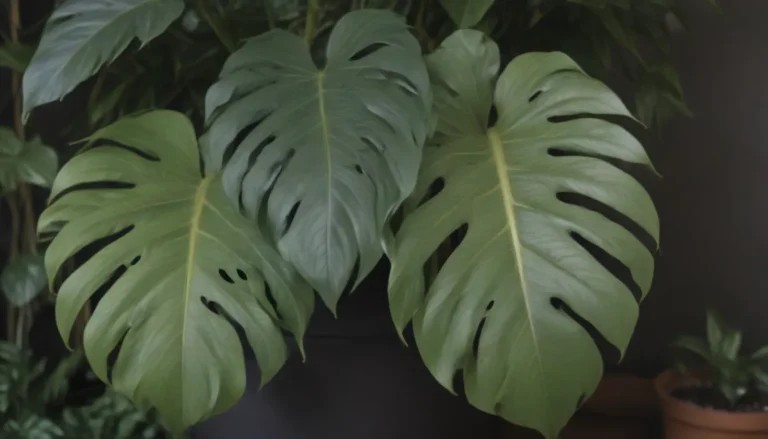How to Identify and Fix Brown or Dead Patches in Your Lawn

Have you ever looked out at your lawn and noticed unsightly brown or dead patches? It can be frustrating to see areas of your yard that don’t look as lush and green as you’d like. But fear not! There are ways to diagnose the problem, address the underlying causes, and rejuvenate your lawn back to its former glory. In this comprehensive guide, we’ll explore the various reasons why brown patches may appear on your lawn and provide tips on how to fix them.
Common Causes of Brown Patches in Your Lawn
Underwatering
If your lawn is looking dry, brittle, and lacks the vibrant green color, it may be underwatered. Underwatering can lead to brown patches and thinning grass. To remedy this, make sure to water your lawn adequately and consider aerating the soil to improve water retention.
Overwatering
On the flip side, overwatering can also cause brown patches in your lawn. Signs of overwatering include mushy soil, discolored patches, and an abundance of weeds. To address this issue, reduce the watering frequency and allow the soil to dry out before watering again.
Incorrect Sprinkler Coverage
Inconsistent sprinkler coverage can result in brown patches where the grass isn’t receiving enough water. It’s essential to observe your sprinkler patterns and ensure that your lawn gets uniform coverage to prevent dry spots.
Thatch Buildup
Thatch is a mixture of dead and living plant material that accumulates around the base of grass plants. To determine if your lawn has thatch buildup, take a closer look at the base of the grass. If you notice stringy, brown material, it’s time to dethatch your lawn to promote healthy growth.
Improper Soil Nutrients
Healthy soil is crucial for lush green grass. Test the pH of your soil and ensure it falls within the optimal range for lawn growth. Adding organic fertilizers can help balance soil nutrients and promote healthy grass growth.
Urine From Pets or Wild Animals
If you have pets or wild animals frequenting your lawn, their urine can cause brown patches due to the high concentration of urea. Watering the affected area immediately after urination can help minimize damage and prevent brown spots.
Heavy Foot Traffic
High-traffic areas in your lawn may experience brown patches due to excessive wear and tear. Consider overseeding these areas with grass varieties that can withstand heavy foot traffic to promote regrowth.
Grubs or Other Pests Below the Turf
Grub infestations can lead to dead patches in your lawn as larvae feed on grass roots. If you suspect a grub infestation, consider reseeding or resodding the affected areas after addressing the pest problem.
Treating and Preventing Brown Patches
Once you’ve identified the cause of brown patches in your lawn, it’s essential to take action to remedy the issue. Here are some steps you can take to treat and prevent brown patches:
- Reseeding or Resodding: Replace dead grass with new seeds or sod patches to encourage regrowth.
- Proper Watering: Ensure your lawn receives adequate water without overwatering or underwatering.
- Aeration: Improve soil aeration to enhance water retention and nutrient absorption.
- Balanced Fertilization: Use organic fertilizers to provide essential nutrients for healthy grass growth.
- Pest Control: Address pest infestations promptly to prevent further damage to your lawn.
- Regular Maintenance: Maintain regular lawn care practices such as mowing, watering, and fertilizing to keep your lawn healthy.
By following these steps and addressing the underlying causes of brown patches, you can restore your lawn to its full, green glory. Remember that patience and consistent care are key to maintaining a lush and vibrant lawn.
Additional Resources and References
- Alfuth, D. Lawns and Dogs But Not Tomato Juice. University of Wisconsin-Madison Extension Polk County.
- Hahn, J. and Weisenhorn, J. Japanese Beetles in Yards and Gardens. University of Minnesota Extension, 2018.
- Munster, M. Diseases and Disorders. NC State Extension Gardener Website, 2018.
- Henderson, A. M.; Gervais, J. A.; Luukinen, B.; Buhl, K.; Stone, D.; Cross, A.; Jenkins, J. Glyphosate General Fact Sheet. National Pesticide Information Center, Oregon State University Extension Services, 2018.
- Bayer, M. and Njue, G. The Impact of Salts on Plants and How to Reduce Plant Injury from Winter Salt Applications. University of Massachusetts Amherst Extension, 2016.
In conclusion, brown patches in your lawn can be caused by a variety of factors, from watering issues to pests and diseases. By identifying the underlying causes and taking proactive steps to address them, you can ensure a healthy and vibrant lawn year-round. Remember to stay observant, implement proper lawn care practices, and seek professional help if needed to maintain a beautiful and lush lawn for years to come.





